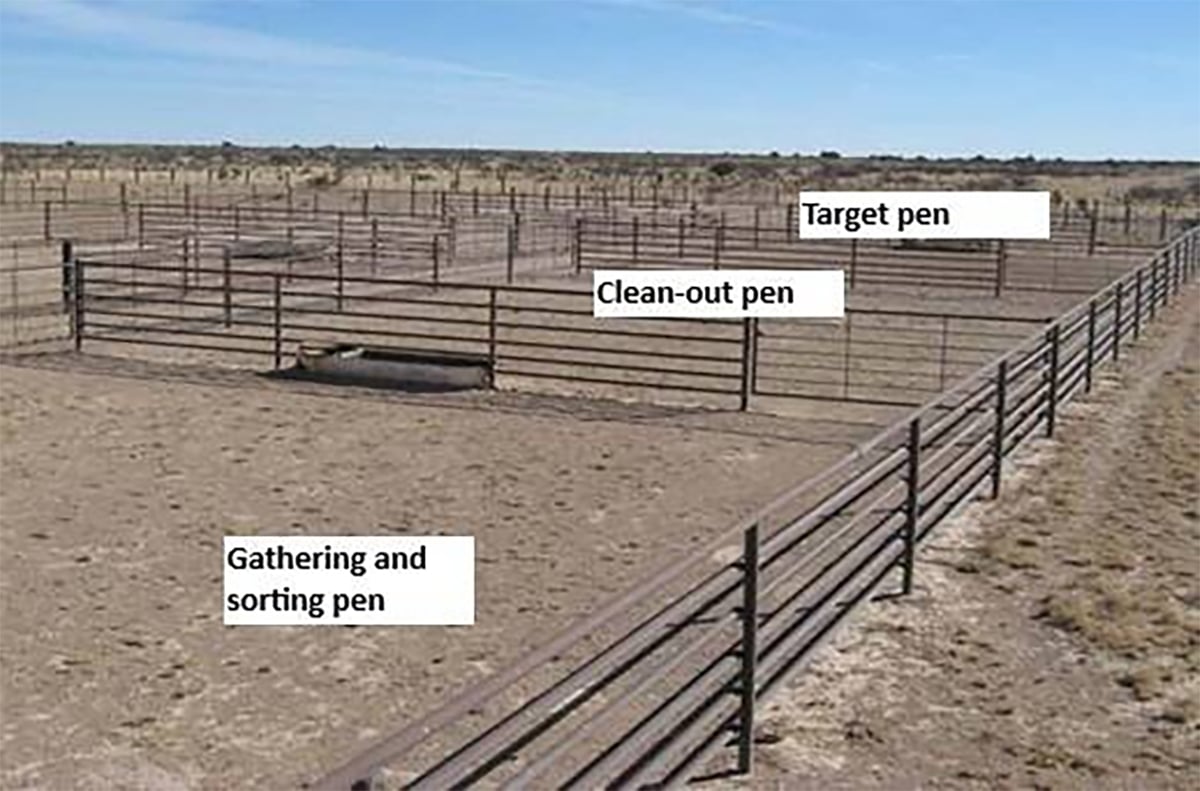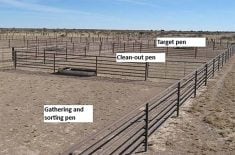DES MOINES, Iowa – Two researchers are creating tests using swine saliva to identify a host of infections.
Jeff Zimmerman and John Prickett of Iowa State University have combined discoveries from human medicine with common sense hog production practicality to produce a way to test the hogs for porcine reproductive and respiratory syndrome, porcine circovirus, influenza and mycoplasma.
Scott Dee of the Swine Disease Eradication Centre at the University of Minnesota described the research during the recent World Pork Expo in Iowa.
“Let’s make it easy. Let’s make it simple. Let’s make it a way in which we can sample many large populations without someone having to go to the facility and bleed a lot of animals,” said the swine veterinary specialist.
Read Also

Teamwork and well-designed handling systems part of safely working cattle
When moving cattle, the safety of handlers, their team and their animals all boils down to three things: the cattle, the handling system and the behaviour of the team.
Saliva tests have been developed for testing a number of human diseases, such as Human Immunodeficiency Virus, so Zimmerman and Prickett applied the same principle to spotting swine sicknesses.
Instead of individual saliva tests from individual blood tests, the researchers developed a rope-based saliva collection system that is cheap and easy. A cotton rope is hung in a pen and chewed by pigs, then sent for testing.
“It’s a great way where we can get a lot of barns tested and minimize the labour and minimize the cost.”
This will not only help individual producers who want to test their herds, but help veterinarians and hog industry officials who want to attempt area eradications of diseases like PRRS.
Dee said relying on blood tests is a problem, because they are difficult, expensive and it is hard to find enough skilled practitioners to conduct them. Hanging and bagging ropes is a lot easier.
“I think that’s the future for sampling large populations, especially in area control programs,” said Dee.















